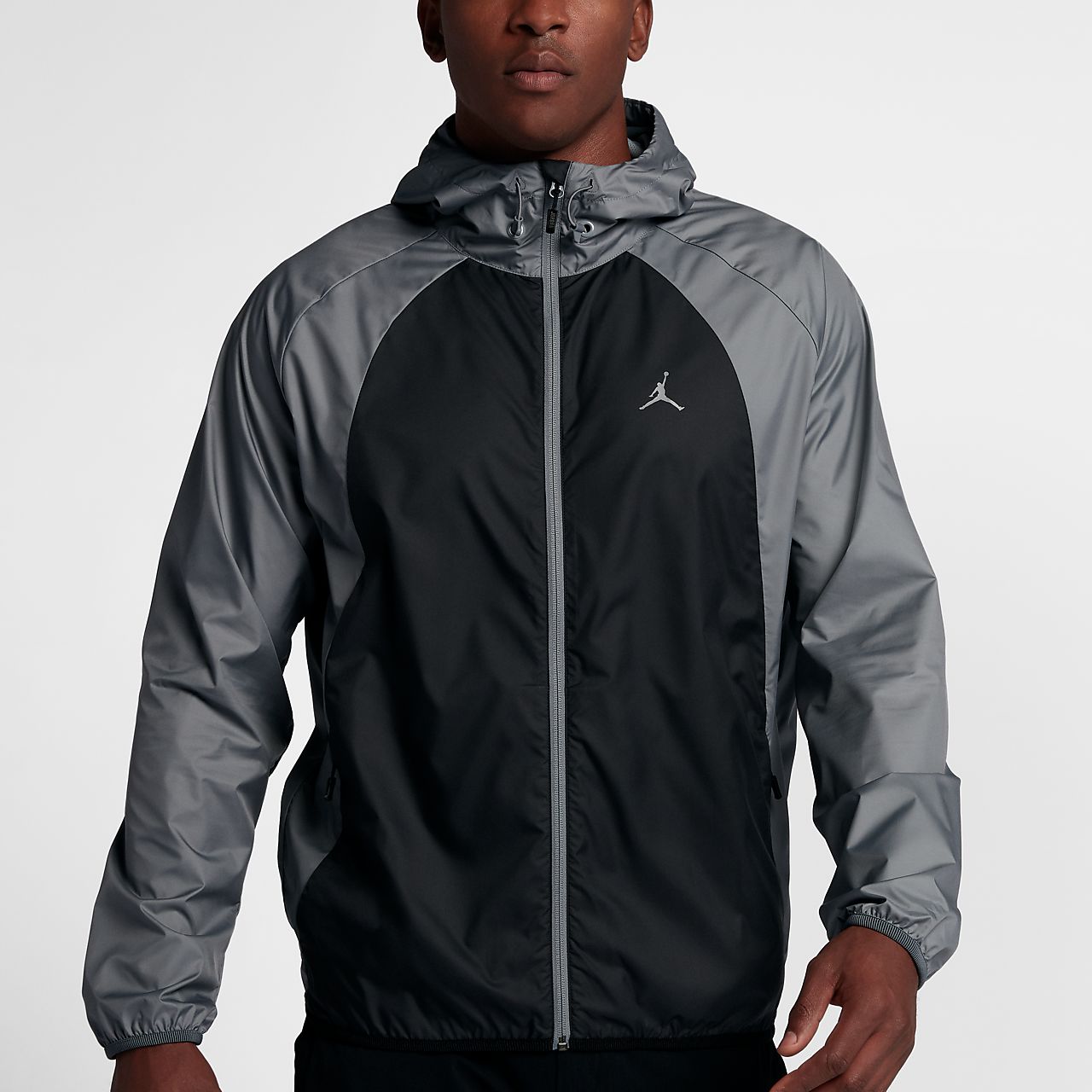

Natural resources could maintain the same quality level in order to loop back into new products again and again and it would of course be much more user-friendly for our customers. With that in place the system could become much more effective (even automated).

Parallel to that, we are involved in various initiatives in Europe to collaborate in order to reach the same sophistication at the societal level. The reason for Houdini arranging our own take-back system is that the type of recycling currently possible due to the way we have designed our products (often pure mono materials) is more sophisticated than all-textile recycling systems available at a multi-brand or municipality level. In markets where we have the strongest presence these recycling units are available at retail locations, in some climbing gyms, for example. Since 2007 we have a take-back system where we take back all worn-out Houdini garments and send them to the appropriate recycling partner. Right now around 80 percent of the products we offer are circular by design, either made from organic, renewable and compostable/biodegradable organic materials or made from recycled and recyclable synthetics. Whether that becomes a blueprint for competitors and a beacon for customers remains to be seen.ĪJ: How do customers fit in to the circular design in terms of Houdini’s plan? Does Houdini expect the customer to send clothes back to be recycled? How do customers close that loop?ĮK: Houdini has been designing for circularity since 2001. The brand is aiming to be circular within the decade-meaning products are made with recyclable materials and are recyclable into new garments or will completely biodegrade at the end of the product’s life, a closed-loop system that takes and leaves little. We recently connected with Karlsson over email and came away thinking every outdoor company could apply something from Houdini’s no-nonsense approach. You can read the company’s self-administered report, here.

Houdini has an unusually dedicated plan to achieving its goals and a refreshingly transparent look at the impact it has now and where it hopes to be in the coming years. without traditional marketing, relying instead on word-of-mouth and betting that outdoor loving customers will increasingly seek companies doing the right thing, while striving to own fewer, better things. Houdini has experienced robust growth in Europe and the U.S. Imagine a world where businesses set out to have a positive impact on the planet, and customers demanded it.” To be sustainable should be seen as the bare minimum for an organization’s social and environmental impact. As their CEO, Eva Karlsson says, “We find ‘sustainability’ not only a boring phrase, but an underwhelming ambition. Sustainability is, for Houdini, not enough. Good apparel with minimal impact-but their long-term goal isn’t just minimal negative impact, it’s positive environmental impact. All what you’d want in a fleece you’d never be able to tell it was doing less harm to the environment while wearing it. It’s warm, stretchy, feels great against the skin, and looks great. The Power Air Houdi is also composed of 54 percent recycled polyester. Polartec claims it sheds less than 80 percent of traditional fleece. It’s a material made specifically to limit the amount of microfibers it sheds by encapsulating the fibers in small pockets. It’s the company’s entire raison d’être.įor the past year or so, I’ve been wearing Houdini’s Power Air Houdi, a synthetic fleece midlayer made with Polartec’s Power Air. Swedish brand Houdini Sportswear doing all of the above to make outdoor apparel that works, without being so punishing for the environment. They can produce clothes that last longer, they can use recycled material to keep synthetic materials from landfills a bit longer, and they can limit the amount of synthetic fibers their gear sheds. But outdoor apparel makers have only a few ways to combat the problem. The scourge of microplastics, including microfibers shed by synthetic textiles, has finally dawned not just on consumers, but the producers of our favorite outdoor gear, too.


 0 kommentar(er)
0 kommentar(er)
